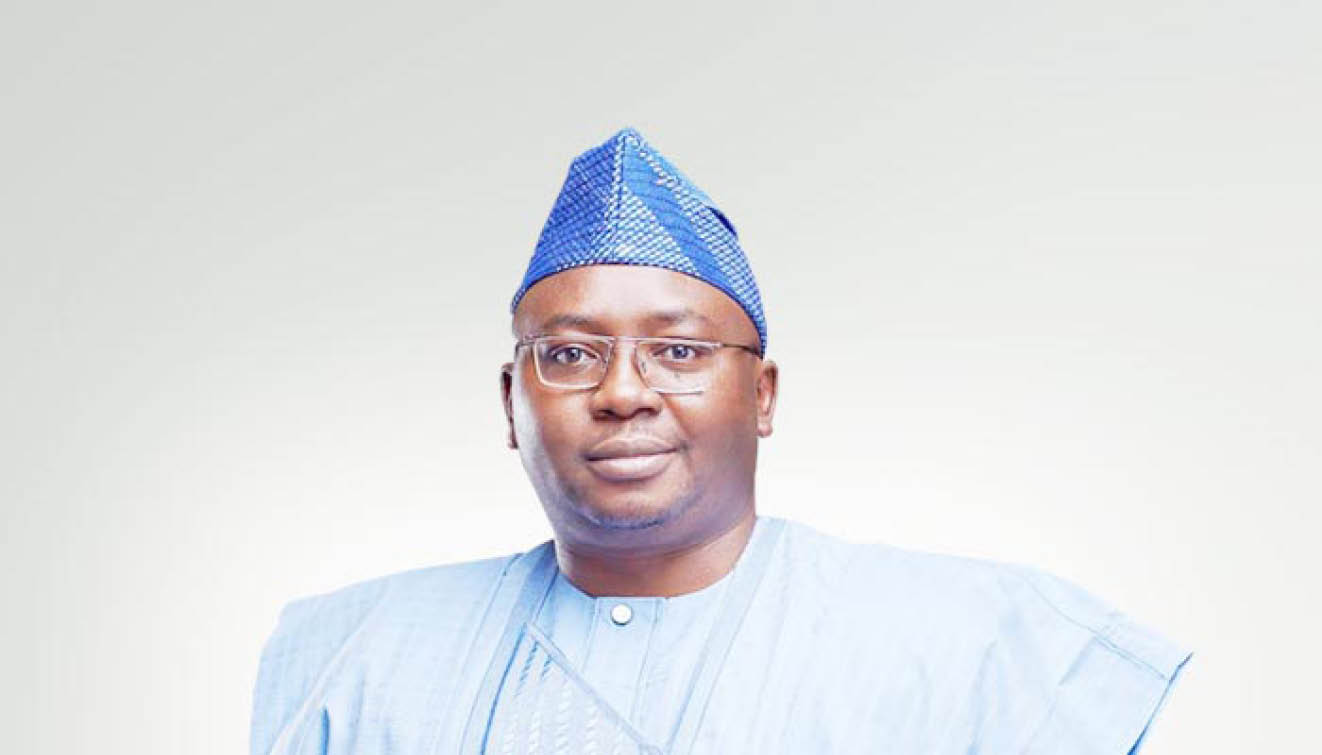
Last month, the US Federal Reserve Board cut the federal funds rate by 50 basis points. Since that moment, America’s bond yields have been on a tear. The Fed announced the second interest rate cut in this cycle on September 18 .
The median projection of the members of its rate-setting body, the Federal Open Market Committee (FOMC), flagged a further 50 basis points of cuts before the end of the year. Bond market investors, however, have had other ideas. The yields on two-year Treasury notes and 10-year and 30-year bonds have since risen by about 60 basis points.
They’re not pricing in rate cuts when the Fed next meets on November 6, the day after the US election. Flexed muscles for Trump: Is it the Trump Trade that’s pushing up US bond yields? Credit: AP There are economic and political reasons for the abrupt shift in bond market pricing, with prices sinking and yields, which have an inverse relationship with prices, spiking. The expectation raised by the FOMC that rates would continue to fall was undermined by shockingly strong jobs market figures last month, which suggested that the US economy was performing far better than previously thought.
We’ll know more about the condition of the world’s largest economy and the near-term outlook for the federal funds rate this week, with more jobs data due on Friday and third-quarter GDP and core inflation data (the personal consumption expenditure index) coming out on Wednesday and Thursday, respectively. The other – and perhaps stronger – influence at play, however, is the “Trump Trade,” or the range of bets investors and punters are placing on the prospect that Donald Trump will win the presidential election. Indeed, the prospect of a “red wave”, in which the Republicans seize control of the White House along with the House and Senate, is being priced into markets.
It is Trump’s stated agenda of massive increases in tariffs, particularly but not exclusively on imports from China; big tax cuts for companies, wealthy households, social security beneficiaries and those receiving tips; mass deportation of illegal immigrants and greater influence over the Fed that has bond investors unsettled. His policies – if he were to do what he says he will and is left unchecked by having control of both chambers of Congress – would greatly increase America’s deficits and debt and be highly inflationary. (They’d also be highly regressive, but that isn’t a central concern for bond investors.
) Moreover, they would probably cause the US economy to grow more slowly, or even shrink, relative to the current settings. They’d be inflationary and contractionary because the cost of his tariffs would be passed onto US companies and then consumers. Bond investors are, sensibly, asking to be better compensated for the risks.
The loss of millions of immigrants would shrink the pool of labour, causing either higher wages for the remaining workers and/or reduced economic activity and higher prices because of the reduced availability of low-cost workers. They’d also result, as occurred during Trump’s previous term as president, in a huge increase in US budget deficits and debt. US government debt was about $US7.
8 trillion ($11.8 trillion) higher when he left office than when he entered it. The non-partisan Committee For a Responsible Budget (CFRB) has estimated that the policies Trump is taking into this election would add another $US7.
5 trillion – and possibly as much as $US15 trillion – to US deficits and debt over the next decade. His Democratic opponent Kamala Harris is also a big spender . Should she win and implement her policies, the CFRB says they would likely cost $US3.
5 trillion over a decade. The prospect of bigger deficits and debt for an economy already with almost $US36 trillion of government debt has driven bond yields up. The sheer volume of new supply to be digested by the market, particularly if Trump triumphs, would test the capacity of a market that has at times struggled to meet the existing supply.
On Monday, yields rose about 4 basis points across all maturities after relatively weak demand for auctions of two and five-year Treasury notes. That may be a taste of things to come, with investors demanding higher yields to absorb the deluge of debt securities in prospect. If Trump wins and provokes a global trade war, foreign investors will be torn between shunning exposure to the US economy and its government’s finances and the US bond market’s traditional role as a safe haven during periods of economic and political volatility.
However, the likely higher yields and a stronger US dollar might also attract some flows of funds. The dollar has already been strengthening – it’s up 4 per cent this month against a basket of America’s major trading partners’ currencies – as one of the strands in the Trump trades. Foreign central banks, unsettled by the demonstration of America’s dominance of the global financial system provided by the G7’s freezing of Russia’s central bank reserves held offshore, have been steadily reducing their holdings of US Treasuries.
That’s a trend that might accelerate if Trump provokes a global trade war – or even if he doesn’t, given the efforts by China and Russia to convince others to help them undermine the US dollar’s dominance. The other element of Trump’s ever-expanding suite of policies that worries bond investors is his desire to have more influence over the Fed. Trump says he understands monetary policy better than the Fed’s chair Jerome Powell and, should he win, expects to have a say on interest rates.
“I think I have the right to say I think you should go up or down a little bit. I don’t think I should be allowed to order it, but I think I have the right to put in comments as to whether or not the interest rates should go up or down,” he said in a Bloomberg interview earlier this month. Trump would have the ability to appoint a new Fed chair in 2026 when Powell’s term as chair (but not as a Fed governor) is scheduled to expire.
Any perception that the Fed might be influenced by the White House, regardless of whether the central bank took the government’s views into account, would undermine its credibility. Confidence that central bank decision-making is completely independent of political influence is fundamental to the Fed’s credibility, predictability and the confidence that its actions are being dictated solely by – in the case of the Fed and most other central banks – its dual mandate of containing inflation and maximising employment. In what appears to be a very tight election contest, of course, those betting on Trump might lose out.
Harris would be a more conventional president and she would be more likely to face opposition from one or both chambers of Congress, constraining her ability to implement her policies. A “blue wave” for the Democrats appears unlikely. Whatever the result, US deficits and debt are predestined to keep rising, with the only question to be answered by the election being the likely rate of acceleration of that build-up.
Bond investors are, sensibly, asking to be better compensated for the risks. The Market Recap newsletter is a wrap of the day’s trading. Get it each we e kday afternoon .
.














